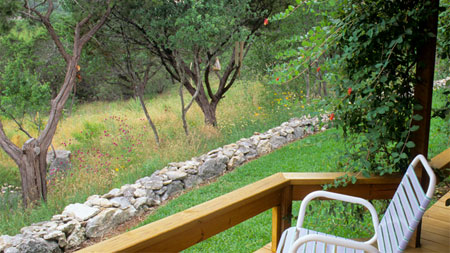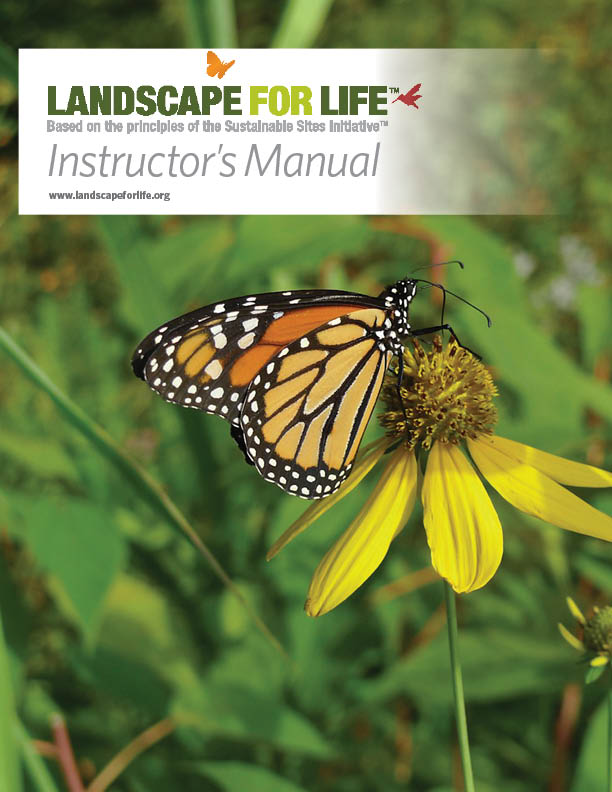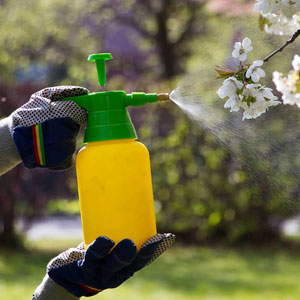
Gardens provide places where people can relax, read and reconnect. Image credit: Shutterstock/Dudarev Mikhai

Seclusion and quiet are two things a well-designed garden can provide. Image credit: Shutterstock/Antonina Potapenko
- Broad-leaved trees reduce noise more than conifers.
- Creative, meandering pathways maximize on-site physical activity.
- Implementing a food-producing garden can minimize one’s exposure to pesticide residues found on most conventionally grown, store-bought produce.
- Permanent and temporary art installations promote visual and aesthetic interest throughout the garden or home landscape.

Strategically placed seating can open up relaxing views, even in otherwise busy backyards. Image credit: Landscape For Life
Unsustainable vs. Sustainable Gardens:
How They Compare
Unsustainable Landscape
- Often treated with synthetic pesticides and volatile organic compounds.
- Are sometimes designed without opportunities for physical exercise in mind.
- Outdoor fixtures waste energy and create light pollution.
Sustainable Landscape
- Use natural resources and materials to create a healthy environment for plants, animals and people.
- Provide opportunities for spending time in nature, which can reduce stress and improve emotional and physical well-being.
- Well-planned lighting and layouts provide better dark-sky environments for nocturnal wildlife.
GET STARTED WITH HEALTH

BECOME A LANDSCAPE FOR LIFE TEACHER!
Expanded training opportunities coming in 2024! Landscape For Life includes a complete kit of teaching resources which can be used to conduct classes in sustainable home gardening.
Landscape For Life™ was developed by United States Botanic Garden and the Lady Bird Johnson Wildflower Center, based on the principles of the Sustainable Sites Initiative (SITES®). The program is now a collaboration between Colorado State University Extension and the United States Botanic Garden.








